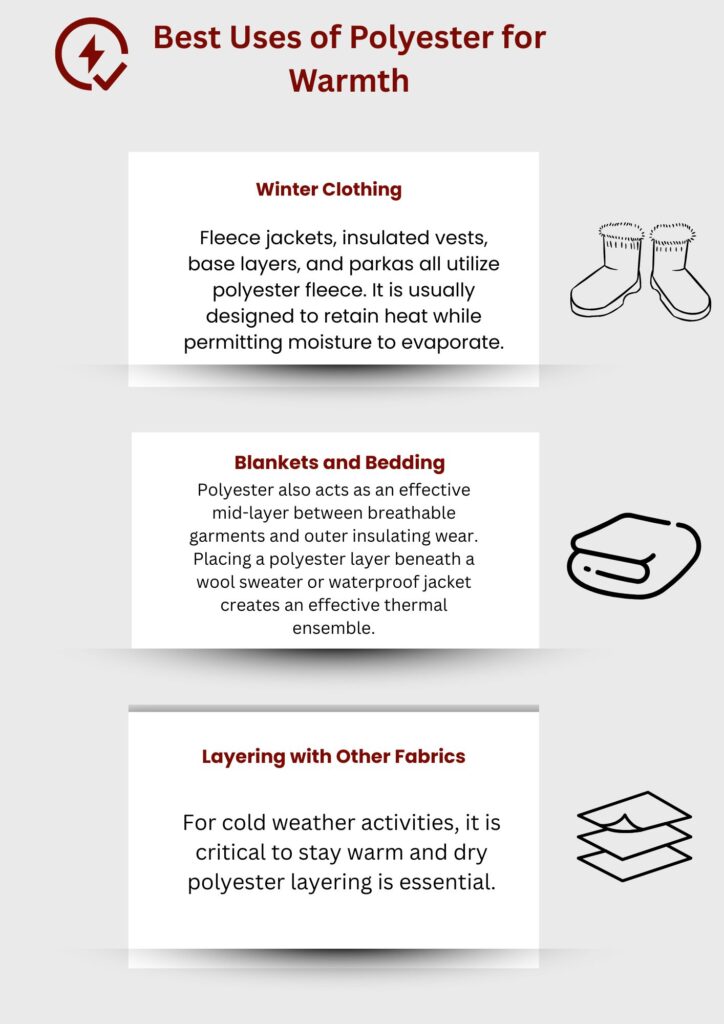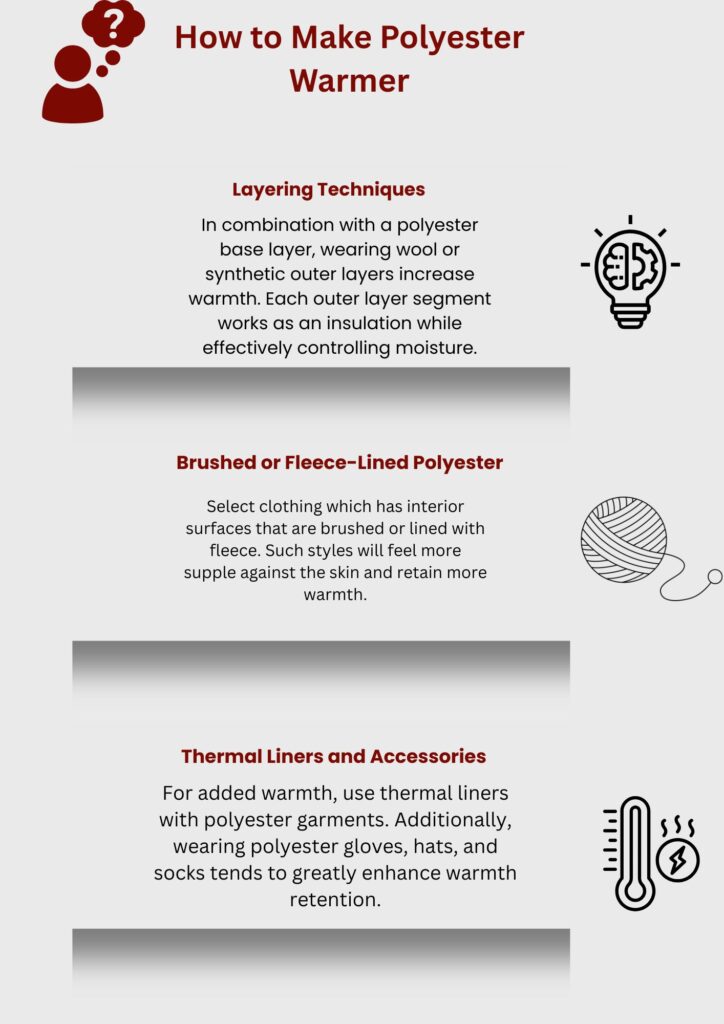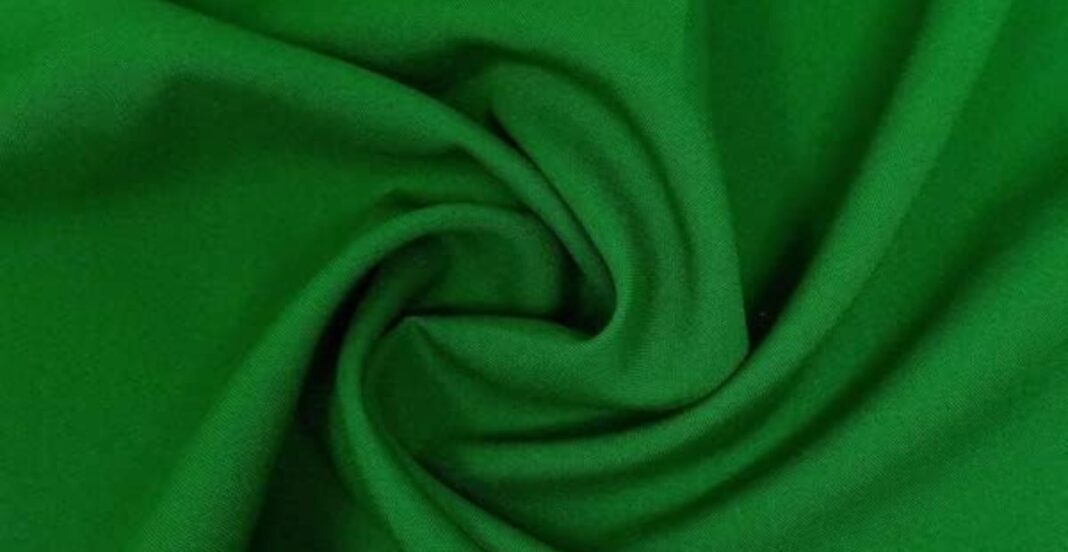Introduction
Polyester is a fiber manufactured synthetically from polymer compounds that include, but are not strictly limited to, polyethylene terephthalate (PET). Due to the fact that it emerged in the twentieth century, it is now commonly used in the textile industry for different garments because of its considerable boot in strength and adaptability. In contrast to fibers such as wool or cotton, polyester is the result of a chemical processes and thus has certain traits which are not found in the nature.Is polyester warm
Polyester finding application in clothing, bedding, home décor, and industry. Look around and your thermal underwear, winter jackets and even fleece blankets are made of polyesther. It does not shrink, fade nor wrinkle easily and these qualities allows it to be blended with natural fiber to improve performance.
Due to its moisture-wicking and quick-drying abilities, polyester is a dominant material in the activewear and workout clothing industries. Though, the age-old question regarding polyester is whether it is warm enough for the winter. Let us find out.
Is Polyester Warm? – The Straight Answer
Indeed, polyester can be warm, especially when worn in layers or as a fleece. It provides adequate insulation by keeping heat close to the skin. While not as warm by itself as wool or down, polyester performs exceptionally well when thermally engineered.
Due to moisture retention, polyester is warmer compared to natural fibers like cotton. When wet, cotton becomes cold and heavy. While wool outperforms polyester in extreme cold conditions due to its naturally crimped fibers which trap air, polyester performs admirably in many moderately cold conditions.
In the end, warmth from polyester is more dependent on structure, layering, and how it is worn.
How Polyester Provides Warmth
Polyester keeps you warm by trapping a layer of warm air between its woven fibers. It also helps keep you dry through moisture-wicking, and staying dry is important because wet skin cools off more quickly.
Brushed or fleece treated polyester fabrics also help retain heat. These fabrics are textured, allowing them to trap even more air which acts as insulation. Although polyester is not known for its breathability, it has greatly been improved on in modern-day technology in terms of airflow, especially in the performance versions.
In harsh dry and cold climates, polyester layers serve to keep you warm without feeling clammy or sweaty, making them ideal for wintertime activities. Sweating, combined with the cold weather, can be uncomfortable and even dangerous, so this balance makes polyester favorable in winter clothing.
Polyester vs. Other Fabrics for Warmth
Polyester vs. Wool
Wool lasts warmer in freezing temperatures in comparison to polyester as it insulates far better. For cold and wet conditions, its ability to wet insulate works as an advantage. Wool does have its cons, for instance, it is heavier, more expensive, and has a longer drying time.
Polyester is a less warm option, especially in freezing temperatures. Wool does not hold its shape over time which is a clear downside for polyester. In daily activities such as workouts, convenience is a critical factor that polyester excels in.
Polyester vs. Cotton
During the cold moist weather, cotton fails due to losing its insulating properties. For outdoor activities or exercising, polyester’s ability to withstand moisture helps during the winter far more.
In comparison to cotton, during any weather situation, polyester does excel to a higher degree in warmth.
Polyester vs. Down
Duck and goose down insulation retains warmth with an unmatched warmth-to-weight ratio. However, insulation is losed without special treatments when wet. In contrast, water resistant environments are better served by polyester insulation, such as in synthetic down substitutes.
Modern jackets fillered with polyester mimic both the loft and warmth of down, often providing an easier maintenance alternative. As such, snow and rain, or humid cold climates, find synthetic insulation of great value.
Polyester Blends
Cotton-polyester and wool-polyester blends demonstrate the advantages of both fabrics. While the former adds breathability and comfort, the latter enhances warmth and softness.
These combinations enhance the performance of garments, particularly in changeable weather.
Best Uses of Polyester for Warmth

Winter Clothing
Fleece jackets, insulated vests, base layers, and parkas all utilize polyester fleece. It is usually designed to retain heat while permitting moisture to evaporate. This makes it ideal for winter activities such as skiing and hiking.
Polyester fleece blankets are lightweight, making them easy to carry, and contain significant warmth. Also, many duvets use polyester fill as a hypoallergenic alternative to down. It provides adequate warmth while remaining highly breathable.
Blankets and Bedding
Polyester also acts as an effective mid-layer between breathable garments and outer insulating wear. Placing a polyester layer beneath a wool sweater or waterproof jacket creates an effective thermal ensemble.
Layering with Other Fabrics
For cold weather activities, it is critical to stay warm and dry polyester layering is essential.
Pros and Cons of Polyester for Warmth
Pros
- Lightweight: Provides insulation without bulk by the use of polyester.
- Moisture-Wicking: Pulls sweat away from the skin, keeping it dry.
- Durable: Withstands frequent washing and wearing.
- Affordable: Costs less than down or wool.
- Quick-Drying: Dries faster than natural fibres, which reduces chill.
Cons
- Breathability: May feel stuffy in the absence of vents or wicking designs.
- Odour Retention: Retains odours more than natural fabrics do.
- Environmental Concerns: Non-renewable, petroleum-based.
- Static Build-Up: Increases susceptibility to static in dry environments.
Although other downsides of polyesters exist, its convenience compared warmth, cost and maintenance continues to make it advantageous.
Is Polyester Good for Extreme Cold?
Polyester alone may not be adequate in sub-zero temperatures. On the other hand, polyester performs well when placed as a part of a layering system or insulated jackets. Nowadays, many cold-weather garments utilize synthetic polyester insulation analogous to down.
Polyester is less advanced when compared with high-performance materials like Thinsulate™ or Gore-Tex. While Thinsulate™ retains heat better than lower bulk, and offers down-like lightweight insulation, Gore-Tex provides waterproof breathability and is more advanced than polyester. Nevertheless, Thinsulate™ and Gore-Tex are more expensive than polyester which works effectively when used properly in moderately extreme cold.
How to Make Polyester Warmer

Layering Techniques
In combination with a polyester base layer, wearing wool or synthetic outer layers increase warmth. Each outer layer segment works as an insulation while effectively controlling moisture.
Brushed or Fleece-Lined Polyester
Select clothing which has interior surfaces that are brushed or lined with fleece. Such styles will feel more supple against the skin and retain more warmth.
Thermal Liners and Accessories
For added warmth, use thermal liners with polyester garments. Additionally, wearing polyester gloves, hats, and socks tends to greatly enhance warmth retention.
With appropriate techniques, polyester can be made significantly warmer and useful in colder climates.
Common Myths About Polyester and Warmth
Myth: Polyester Makes You Sweat More
Unlike earlier versions of polyester, today’s fabrics facilitate the wicking of moisture such as sweat. Overheating often occurs when proper layering strategies are not employed along with moisture management techniques, however, overheating is no longer an issue with today’s outdoor garments
Myth: Polyester Is Warmer Than Wool
Not fully accurate. Wool retains heat better than polyester, particularly when it is damp. Nonetheless, modern polyester insulation does seek to narrow the gap in thermal efficiency.
Knowing these information assists you in making informed buying decisions for your winter clothing.
Environmental and Ethical Considerations
The production of polyester is a byproduct of fossil fuels and thus, requires a hefty amount of energy for production. Furthermore, it microplastics lose microfibers with every wash, polluting water bodies and damaging entire ecosystems.
Nonetheless, recycled polyester is broadly accessible now. It’s produced from used plastic bottles which saves the environment in a significant way. Brands that use rPET are able offer warmth and durability while still having a more eco-friendly choice.
Recycled polyester still aids in mitigating some of its material’s more environmental detrimental impacts.
Conclusion
Like all synthetic fabrics, polyester is economical and easy to use, particularly when it comes to providing strategically placed warmth. It certainly cannot compete with wool or down in extreme conditions, but it’s lightweight, moisture-wicking, and less expensive than alternatives, making it popular in winter clothing and bedding.
Unlike older versions, today’s polyester garments have better insulation, breathability, and comfort because of advancements in textile technology. On a budget? Need winter outerwear? Or perhaps comfortable fluffy blankets for the house? Whatever the case, polyester works to keep you warmly snug without emptying your pockets.
For best results, choose fleece-lined or brushed polyester, combine with warm additional layers, and select eco-friendly recycled fabrics. So the answer to “Is polyester warm?’ unequivocally yes, with the right design and smart layering paired with proper design.
FAQs
Indeed, polyester keeps an individual much warmer than cotton—particularly when wet. Additionally, it retains heat better, and dries more quickly than cotton.
Warmth insulation is provided by polyester in winters, especially fleece and insulated styles which are the most effective.
Yes, it is. Base layers and thermals are often made of polyester because of its ability to retain heat, as well as moisture-wicking qualities.
Sweating can be experienced based on the amount of ventilation and the activity that an individual is engaged with. Most modern polyester garments are designed to wick moisture away, decreasing the chances overheating during colder temperature activities.


